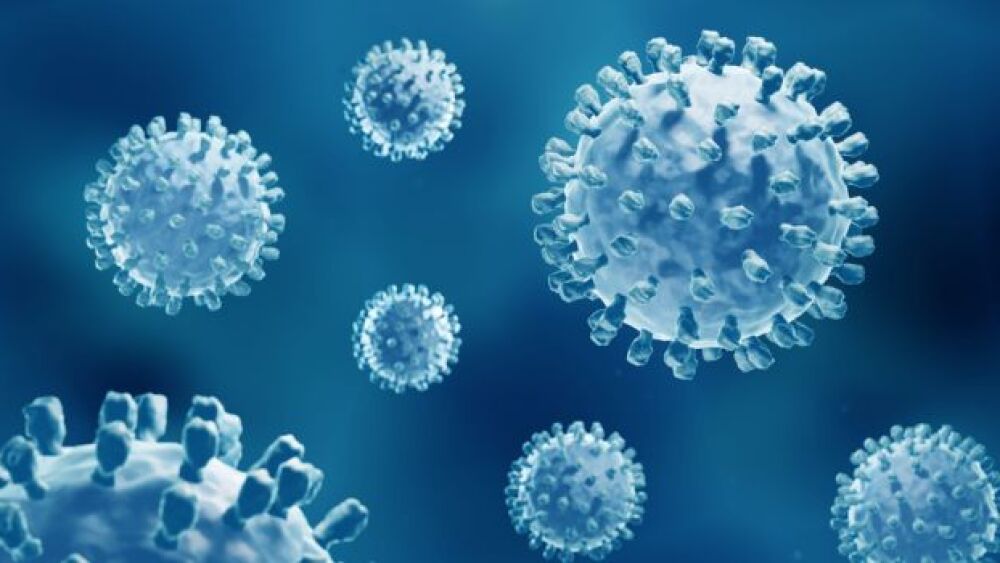NCI -- The use of advanced imaging techniques has allowed researchers to visualize how a key part of the human immunodeficiency virus (HIV) changes shape after binding to immune system cells or to infection-fighting antibodies. Although scientists had been able to visualize individual components of this part of the virus, called the HIV spike, the new research characterizes, for the first time, the structure of the intact spike on virus particles, which is a crucial piece of knowledge that may aid the design of new vaccines or drugs to fight HIV infection. The research was conducted by scientists at the National Cancer Institute (NCI), part of the National Institutes of Health. The results were published online July 30, 2008, in Nature.




